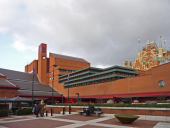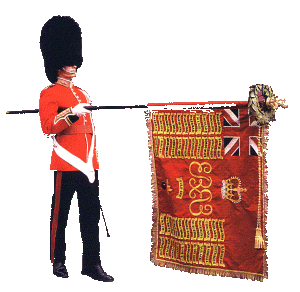
12 March – 31 May 2026, Room 1/Free admission
Next spring, visitors to the National Gallery will have the rare chance to see a monumental painting by George Stubbs (1724–1806), one of Britain’s greatest animal painters.
At the heart of the exhibition is Scrub, a powerful portrait of a rearing bay horse painted around 1762 for the Marquess of Rockingham. This is the only life-size horse portrait by Stubbs still in private hands—and it has only been publicly displayed once before. Now, it will be shown alongside a selection of the artist’s paintings and drawings that reveal his deep fascination with equine form and character.
Just a few rooms away, in Room 34, visitors can also see Stubbs’s celebrated masterpiece Whistlejacket (about 1762), also painted for the Marquess. The two horses were once stablemates and were depicted in the same year—both extraordinary life-size portraits shown without riders, something never before seen in British art. Together, they mark a turning point in the way animals were portrayed, moving from decorative symbols of wealth and power to living, breathing subjects of study and beauty.
The exhibition explores how Scrub came to be painted and places it within two key moments in Stubbs’s career that reveal his devotion to understanding the horse.
The first takes us back to 1756–58, when Stubbs secluded himself in a barn in Horkstow, Lincolnshire. For 18 months he dissected and studied horses in meticulous detail, layer by layer, creating drawings that captured every muscle and bone. These studies became the foundation of The Anatomy of the Horse—the most detailed and accurate study of its kind in Britain for nearly a century—and helped establish Stubbs’s reputation as the leading animal painter of his time.
The second moment comes much later, in 1790, with The Turf Review. Commissioned by an anonymous patron, this ambitious project saw Stubbs paint a series of racehorse portraits chronicling the previous 50 years of the sport. Many were reinterpretations of earlier works, while others were entirely new, showcasing Stubbs’s enduring passion for the subject even in his later years.
Stubbs’s paintings are renowned for their precision, yet he was never simply a scientific observer. His horses are full of life and personality—each one portrayed with dignity, spirit, and individuality. His balance of anatomical accuracy and artistic imagination transformed the way horses were seen in art and secured his place as one of Britain’s most beloved painters.
As Mary McMahon, Associate Curator (NG200 Collections), notes:
“Stubbs fundamentally changed the approach to depicting the horse in late 18th-century British art, combining his hard-earned knowledge and understanding of their anatomy with a desire to capture a distinct individual character”. Photo by nationalgallery.org.uk.








































